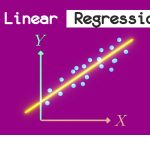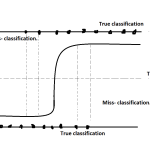JanusGraph: An Introduction to the Distributed Graph Database
In the ever-evolving landscape of modern data management, graph databases have emerged as a powerful and versatile solution for handling complex relationships and interconnected data. Among the many graph databases available today, JanusGraph stands out as a robust and scalable option, designed to meet the demands of large-scale, distributed applications. In this blog post, we will dive into the world of JanusGraph and explore its key features, use cases, and advantages.
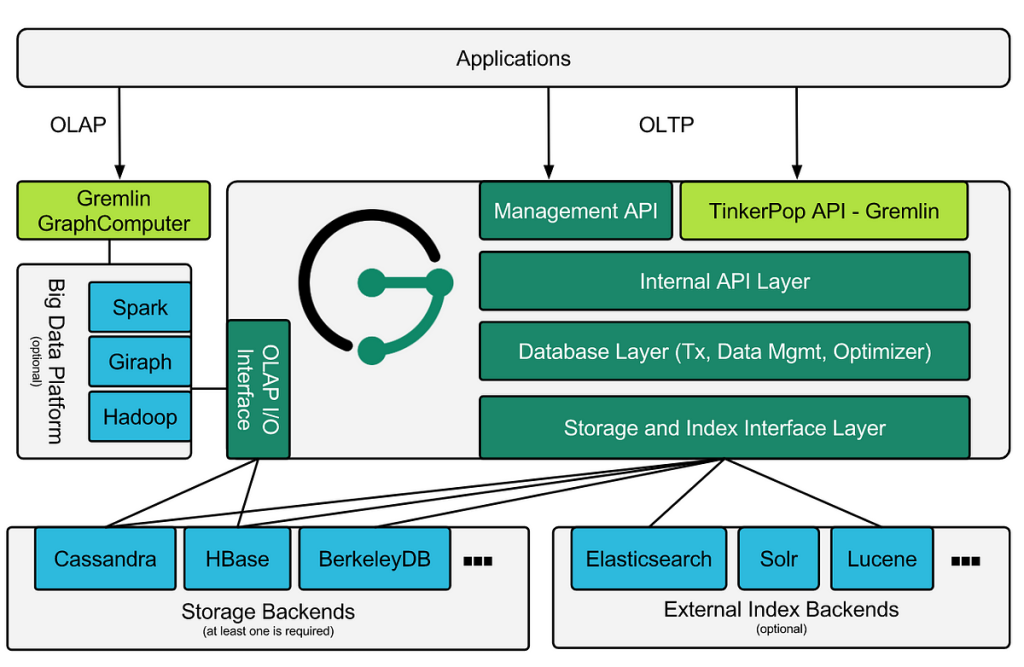
What is JanusGraph?
JanusGraph is an open-source, distributed graph database that builds on the foundation of Apache TinkerPop and Apache Cassandra or Apache HBase (for storage). It allows users to model, store, and query highly connected data efficiently and at scale. By employing a distributed architecture, JanusGraph ensures high availability, fault tolerance, and horizontal scalability, making it suitable for applications that require handling vast amounts of interconnected data.
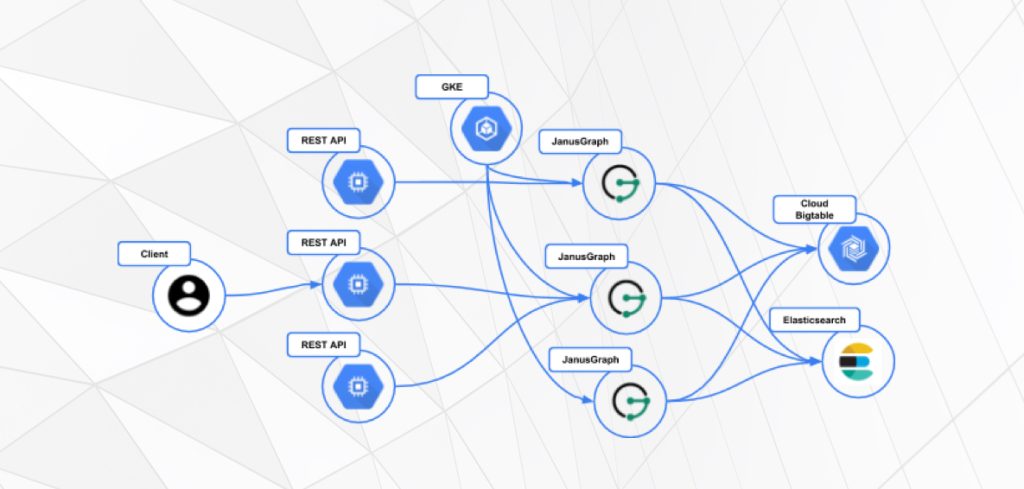
Key Features:
- Scalability: JanusGraph’s distributed nature allows it to scale horizontally by adding more machines to the cluster. This ensures that as your data grows, the database can handle the increased workload.
- Performance: With JanusGraph, traversing relationships between nodes is fast and efficient. It utilizes optimized data structures and indexing mechanisms to speed up graph queries, making it ideal for real-time applications.
- Flexibility: JanusGraph supports multiple storage backends, including Apache Cassandra, Apache HBase, and others, enabling users to choose the one that best fits their requirements and infrastructure.
- Support for TinkerPop: As JanusGraph is built on Apache TinkerPop, it benefits from a mature and expressive graph traversal language (Gremlin) that allows for flexible and powerful querying.
- Data Model: JanusGraph supports property graph data models, consisting of vertices (nodes) and edges, both of which can have associated key-value properties. This enables the representation of complex and diverse relationships between entities.
- ACID Transactions: JanusGraph ensures data integrity and consistency by supporting ACID (Atomicity, Consistency, Isolation, Durability) transactions, even in distributed environments.
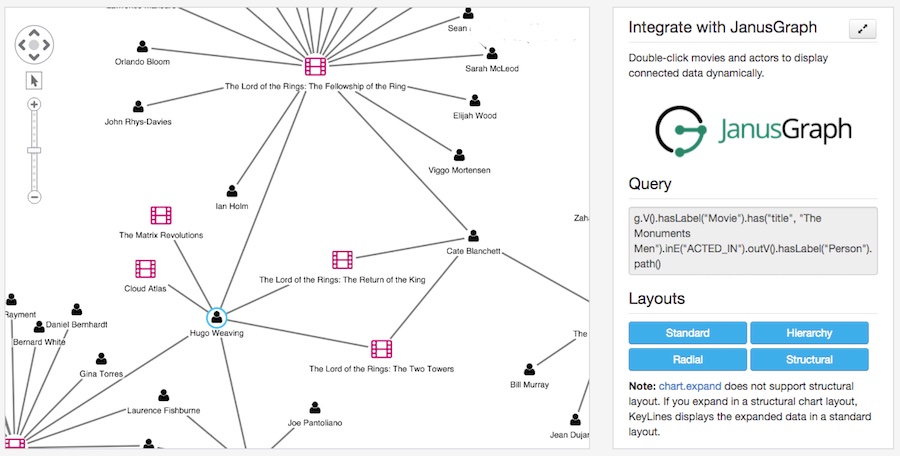
Use Cases:
- Social Networks: JanusGraph is well-suited for social networking platforms, where users have multiple connections with other users, and personalized recommendations and friend suggestions are essential.
- Recommendation Engines: By representing user preferences and item attributes as a graph, JanusGraph can power recommendation engines that suggest relevant products, movies, or content.
- Fraud Detection: Graph databases excel at detecting patterns and anomalies in interconnected data, making JanusGraph a valuable tool for fraud detection and cybersecurity applications.
- Network and IT Operations: JanusGraph can be used to model and analyze complex network topologies, facilitating network management and troubleshooting tasks.
Conclusion:
JanusGraph is a powerful, distributed graph database that offers scalability, performance, and flexibility to handle complex relationships and interconnected data. Whether you are building a social network, recommendation engine, or tackling fraud detection, JanusGraph provides the tools and capabilities to meet your application’s demands.
With its open-source nature, active community, and integration with Apache TinkerPop, JanusGraph continues to evolve and improve, staying at the forefront of graph database technology. If you’re looking to harness the potential of graphs in your next project, consider exploring JanusGraph and unlocking the true power of interconnected data.



